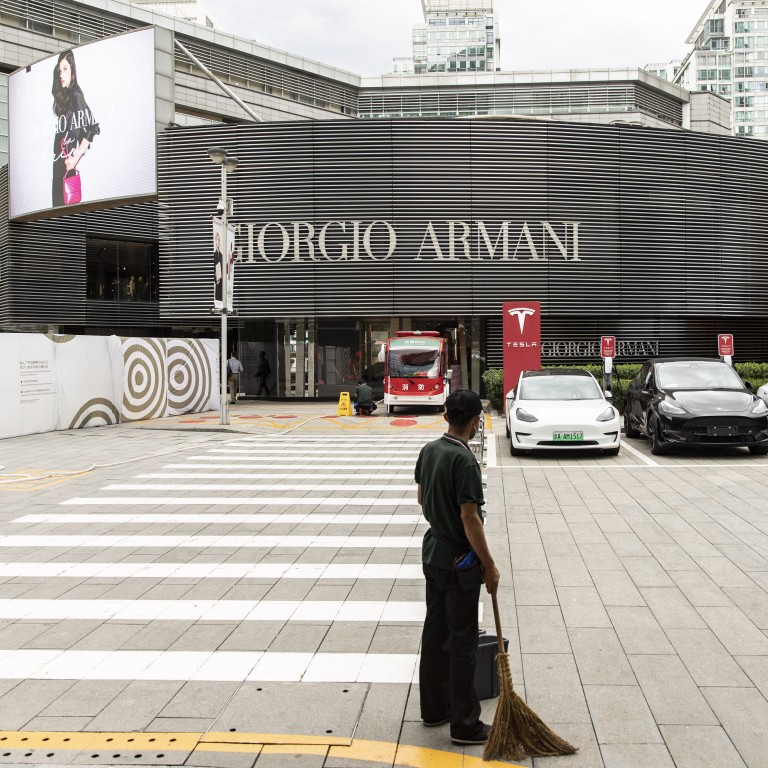
Fashion in 2022: how China’s ‘common prosperity’ goal, cancel culture and continuing Covid-19 travel curbs will affect luxury brands
- China’s zero-Covid policy will continue to have an impact on fashion, but its push for fairer wealth distribution is seen as a positive for luxury brands
- The risks of brands suffering a consumer backlash for apparent insults will grow; smaller labels that know how to connect with customers will prosper
This time last year, when we looked ahead at what was to come for the fashion industry in 2021, we thought that by December the coronavirus pandemic would be in the rear- view mirror.
Not so fast. A new variant of the virus, Omicron, is disrupting the global economy, while the stock market boom that progressed unabated even at the height of the pandemic is showing signs of slowing down.
According to a report released by trade publication Business of Fashion and consultancy McKinsey, however, the global fashion industry is set for recovery in 2022, with fashion sales to surpass 2019 levels by 3 per cent to 8 per cent.
The rebound, however, is far from even, with large brands reaping the lion’s share of the benefits and many small ones still struggling.
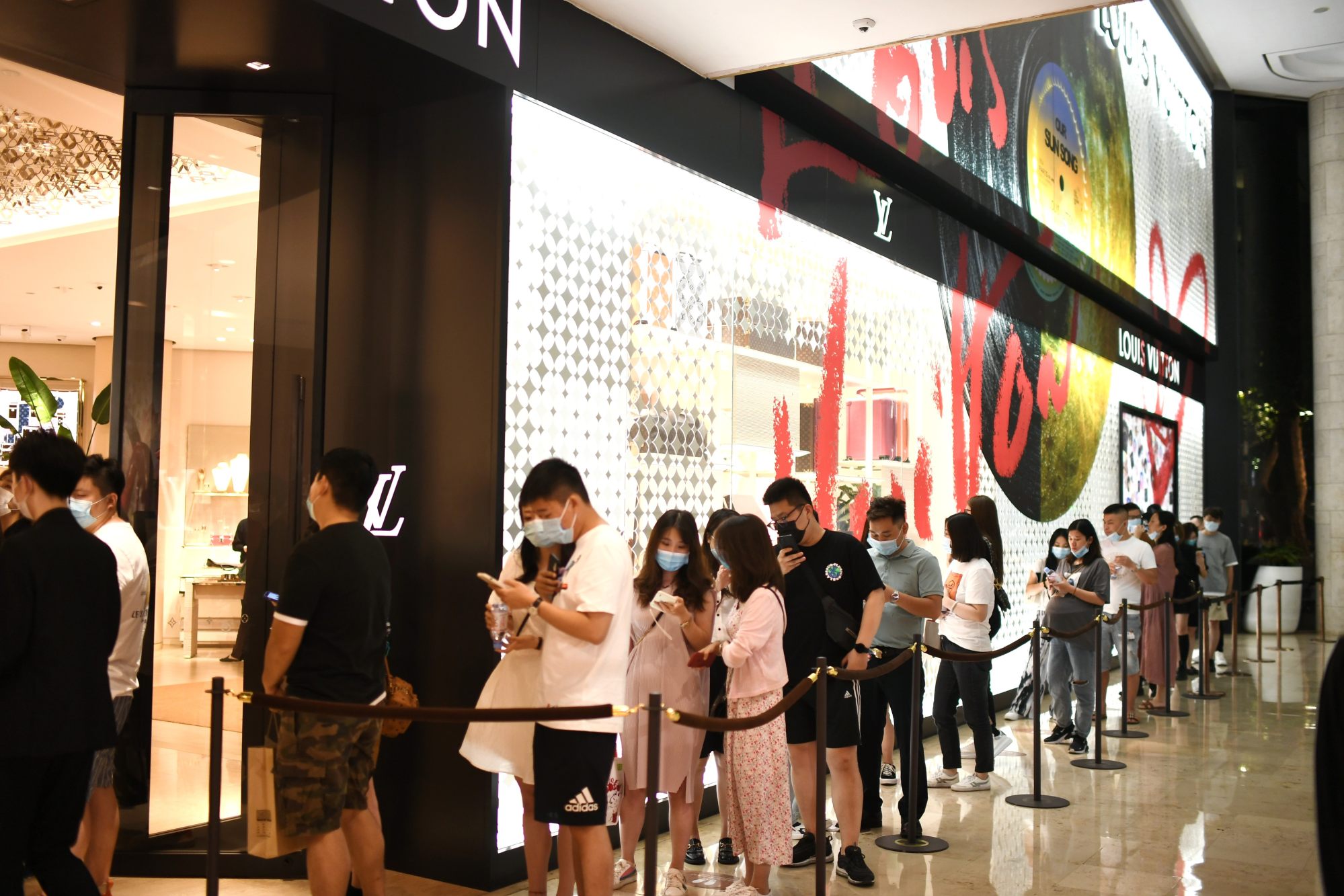
With the help of trusted experts, we take a look at some of the key issues that have affected the industry this year and are likely to be some of the most talked-about topics well into 2022 and beyond.
Homebound
“As we look to 2022, the reality of China’s zero-Covid policy means the border will stay closed for a while longer. The new variant combined with key events such as the Beijing Winter Olympics point to China not opening up any time soon. We can expect the strict quarantine measures to continue till late 2022, or even longer,” says Chloe Reuter, founding partner of consultancy Gusto Luxe and Gusto Collective.
Margaret Qualley, Sydney Sweeney, Tanner Buchanan: best dressed new actors
“[In China] we’re looking at a robust domestic market, where innovation, both digital and offline, is powering ahead in a uniquely Chinese ecosystem. This creates a knowledge gap between what is happening in China and the rest of the world.”
Sharing is caring
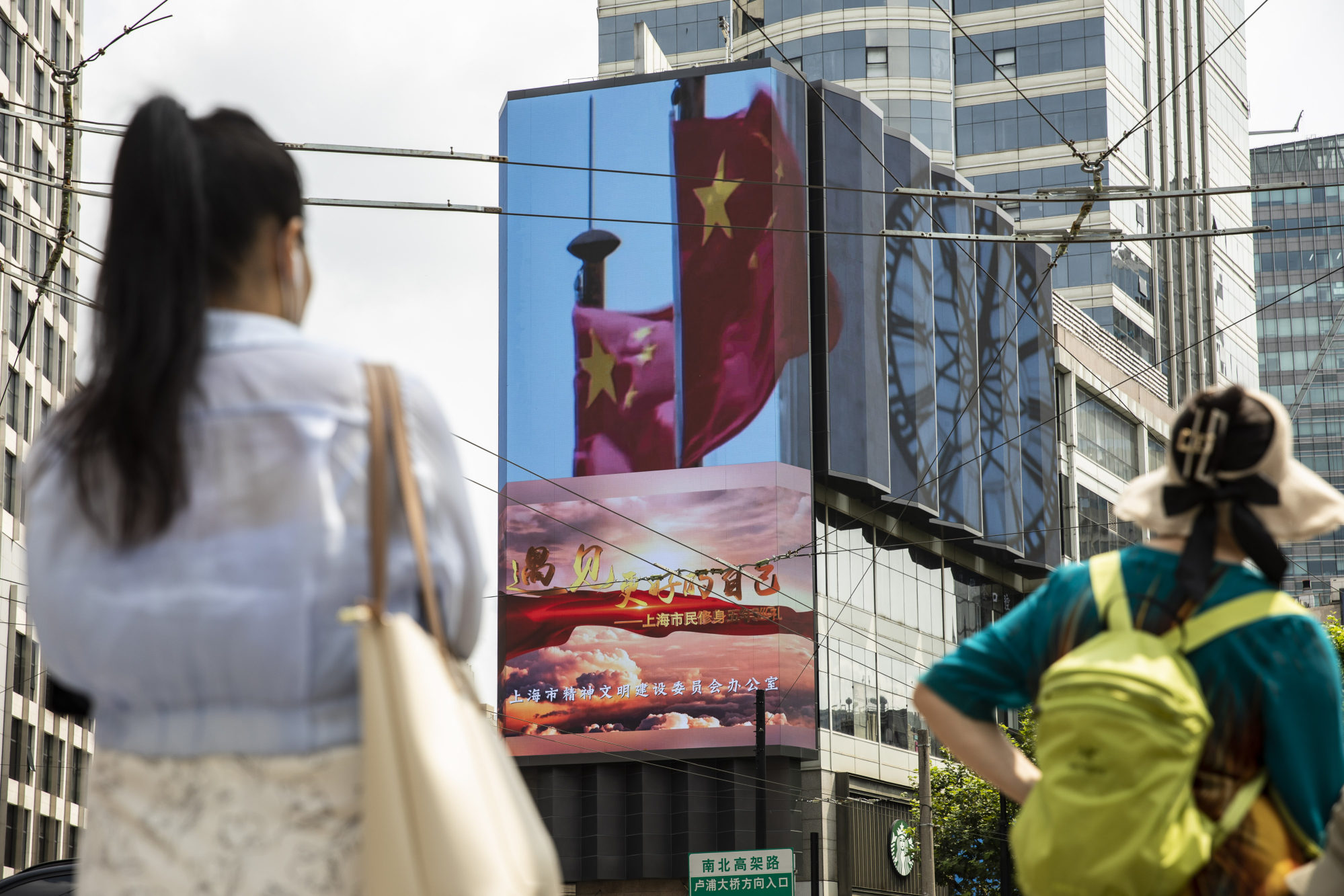
“My view is that common prosperity is a good thing for luxury brands long term, as there will be more people entering the middle class band, and it is this aspirational class that is very crucial for luxury brands and will drive strong growth,” says Amrita Banta, managing director of consultancy Agility Research.
“A lot of the sales for luxury brands even during the pandemic have come from new consumers of luxury from lower-tier cities who are all ambitious, aspirational and getting affluent, and I think this wealth distribution will help in creating a stable economy and drive luxury consumption.”
“But we do need to monitor further developments to see if there are any more curbs placed on spending money and buying luxury goods.”

Banta quotes LVMH chief financial officer Jean-Jacques Guiony, who, on the global luxury group’s most recent earnings call, said: “It’s difficult to analyse the potential impact but there is nothing alarming so far … The bulk of our customers in China are not billionaires but the affluent and upper classes.”
Chic ain’t cheap
From freighters stuck at ports on the west coast of the US to temporary factory closures because of coronavirus outbreaks, supply chain issues have been the main disrupters, according to the Business of Fashion and McKinsey study, with 67 per cent of businesses expecting to increase prices next year.
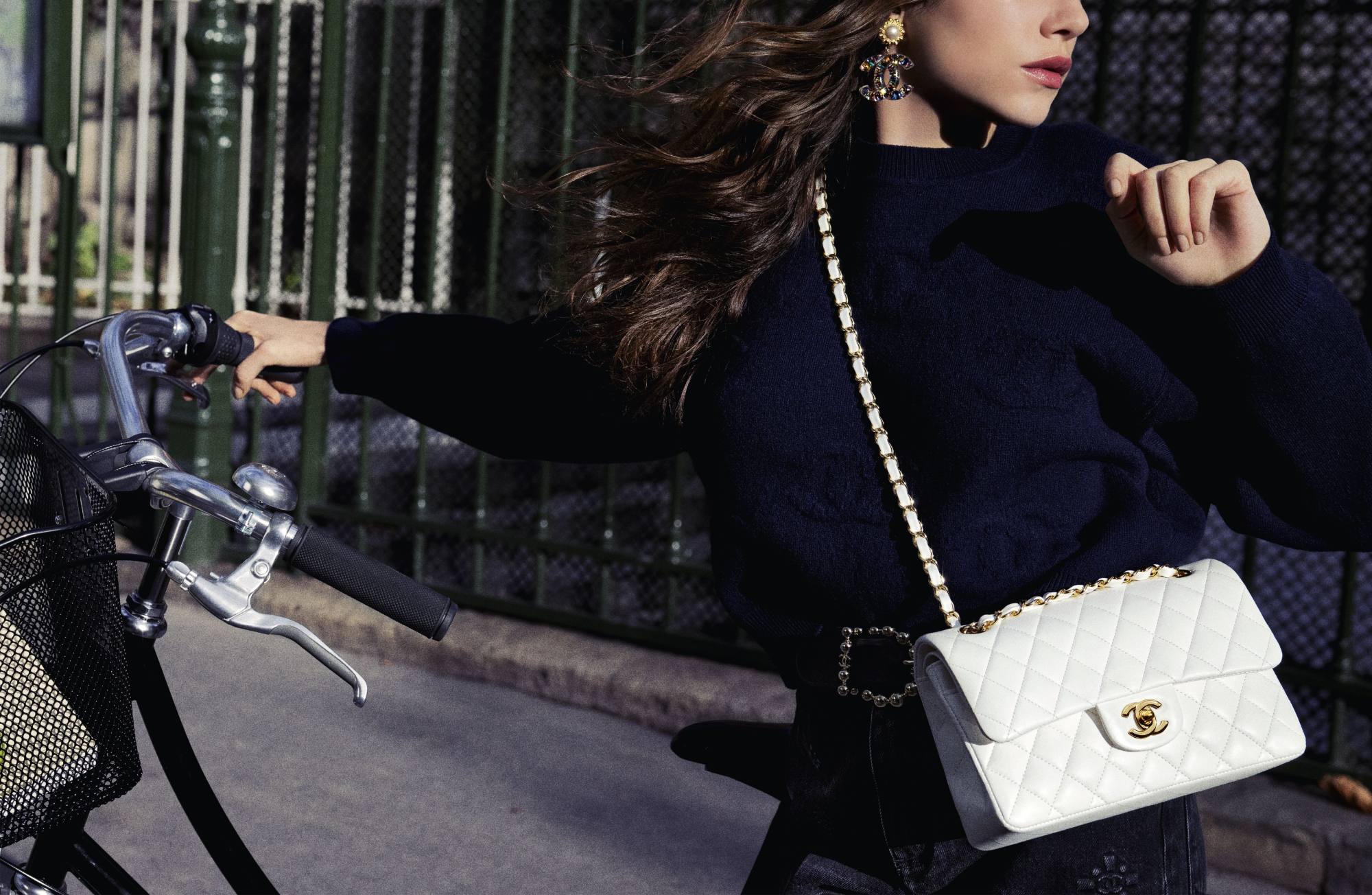
This holiday season, shoppers have had to deal with shortages and higher prices, but price increases in fashion are a different story.
“Luxury goods brands and products support people’s identities. The benefits they provide are perceived to be so important that price – within reason – is no object,” says Luca Solca, senior research analyst, global luxury goods at Bernstein.
Billie Eilish’s best looks and her style journey as she turns 20
“Besides, the rise of wealth and income inequality has produced higher demand in the high end. This has come both from within developed markets, and from emerging markets, as faster macroeconomic growth (eg in the Middle East, Russia and China) has minted new billionaires and a huge number of aspirational middle-class consumers behind them.”
“These brands were not only able to recapture Chinese spending despite already higher prices in China, but were also able to introduce [sharp] price increases on top – in an effort to cushion the bottom line from lower sales volumes.
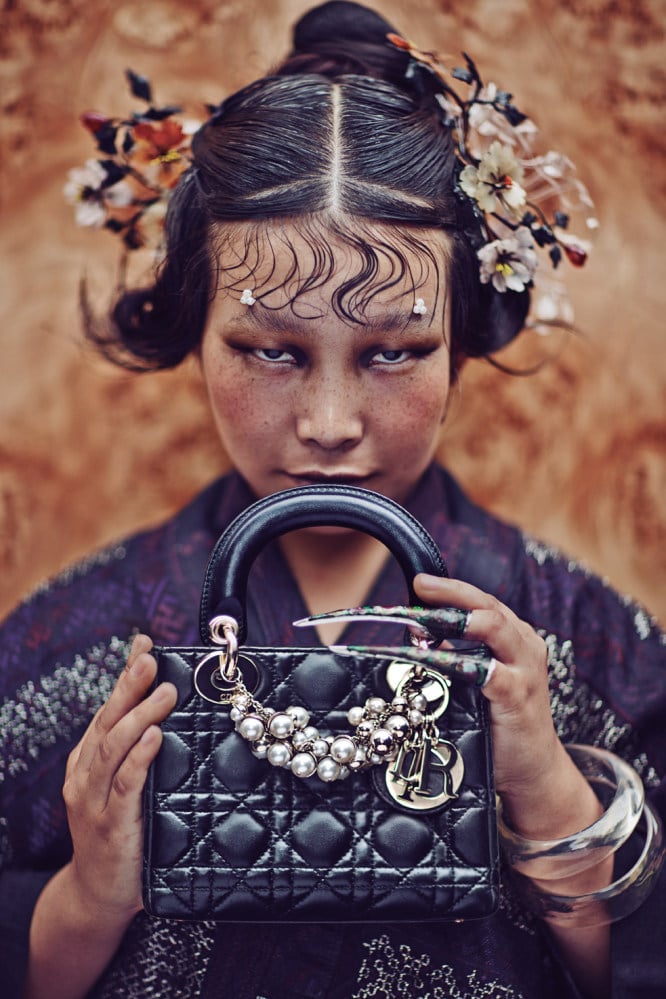
You’re cancelled
As recently as five years ago, nobody had heard of “cancel culture”, but these days, internet users act as watchdogs and call out brands for their missteps on a daily basis.
The rising pride in China among younger generations ... can be seen as a positive development ... But it can also create ... an ‘us’ versus ‘them’ mindset
Western brands operating in China need to tread carefully and are often stuck between a rock and a hard place while trying to satisfy the different demands of the very different demographics in the West and the East.
“In China, there are two aspects that make it particularly complex for brands to navigate these issues,” says Gregory Cole, managing partner at éCLAIR Asia, a strategic communications consultancy in Shanghai and Milan. “The first is China’s closed social media ecosystem. When brands cause offence outside China, platforms like Instagram and Twitter can give rise to viral conversations across countries and demographics.
“Global discussions featuring a wide spectrum of opinions and values often tend to ‘dilute’ consumer reactions, and make it difficult for consumers to band together and apply pressure on brands as a group. In China on the other hand, social media users represent a much more homogeneous cultural group, where values are more likely to be aligned, and consumers can rally more easily in their shared reaction.”
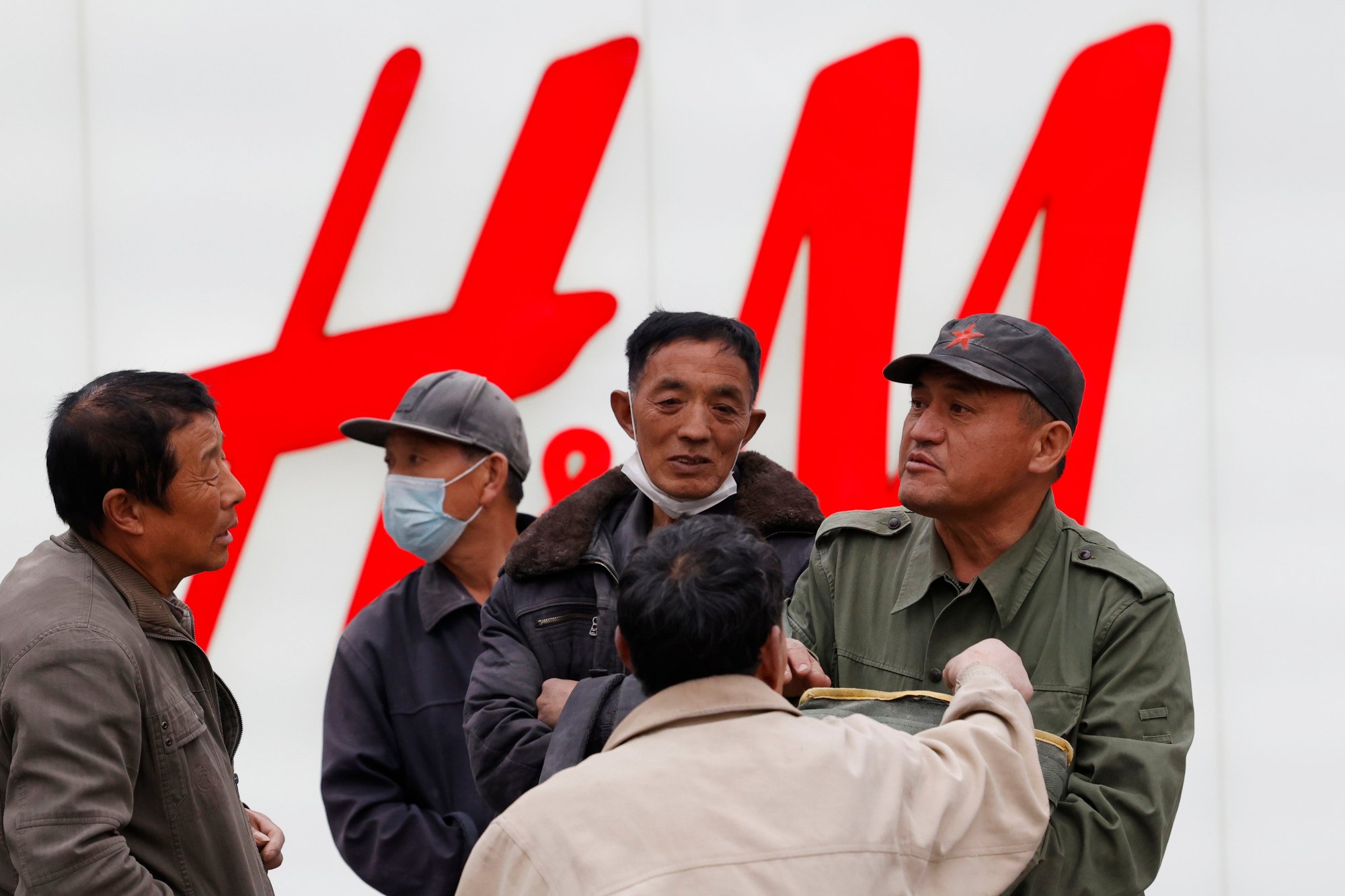
“As a result, international brands are particularly scrutinised for their cultural relevance, and public discussions on the topic of cultural sensitivity flare up more often.”
Cole adds that while most brands don’t always feel a commercial impact from these crises, reputation still matters in the long term.
Big is beautiful
The appetite for luxury has shown no signs of abating during the pandemic, but top brands with a strong heritage – and a strong resale value – have reaped most of the benefits.

So what are rising independent labels to do and how can they hold their own against the big brands that have come with all guns blazing?
“In the early weeks and months of the pandemic, the once go-to voices like celebrities, media and influencers were not an option, leaving brands to rely on their owned media channels to connect with the consumer and amplify their message,” says Alison Bringé, chief marketing officer of Launchmetrics, a public relations monitoring and data analytics platform that focuses on the luxury fashion industry.
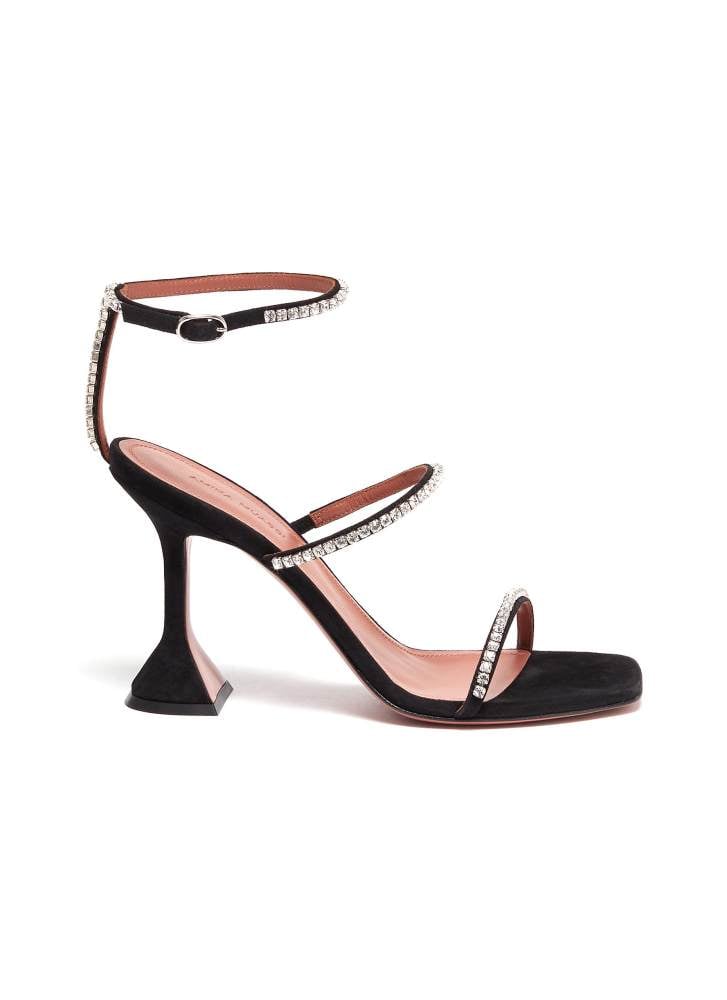
“It’s no surprise that brands like Louis Vuitton, Gucci or Dior succeed in leveraging their already strong owned media channels to generate growth; with their larger budgets and notoriety, they had a big advantage over the smaller brands.
“However, some brands made quite the impact nonetheless and have come out stronger as a result – and the common theme? A customer-centric approach, focused on community building from day one.”
“At Launchmetrics, we always remind our clients of the importance of investing in one’s owned media channels to build that personal, long-term relationship with their consumer,” she says.

